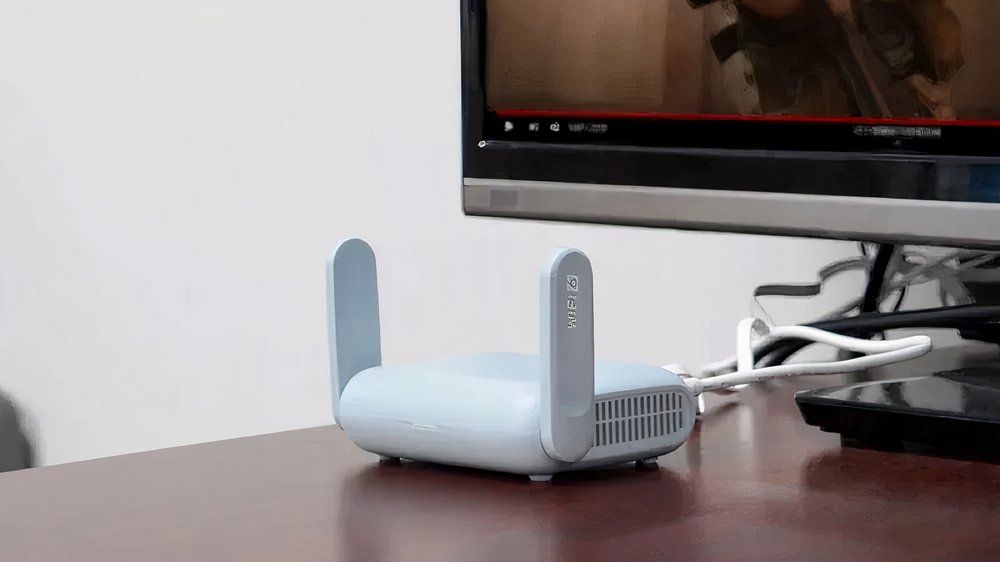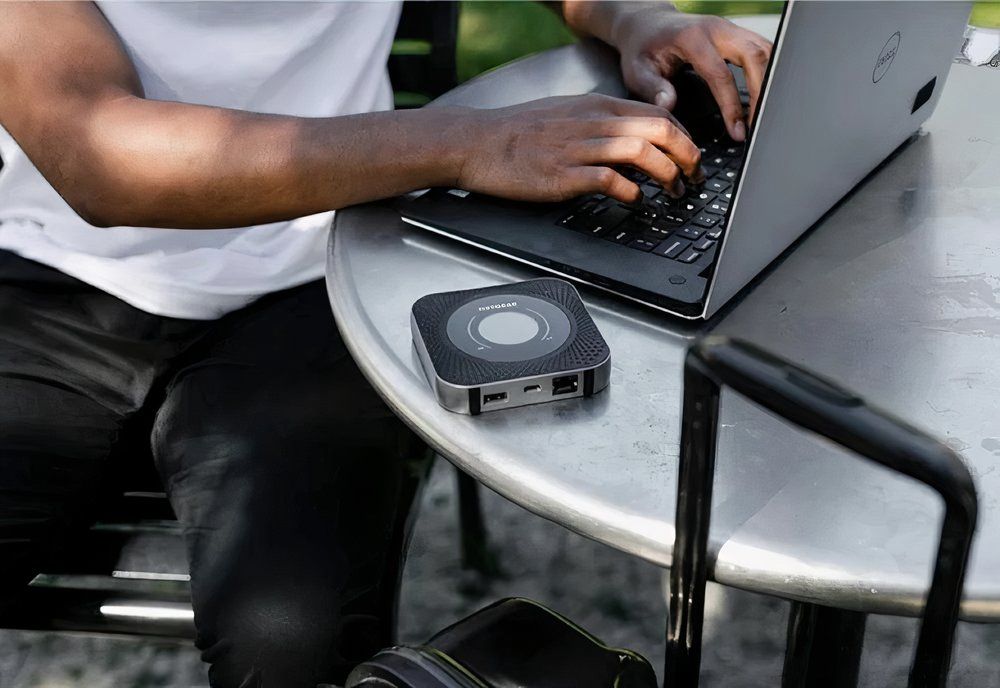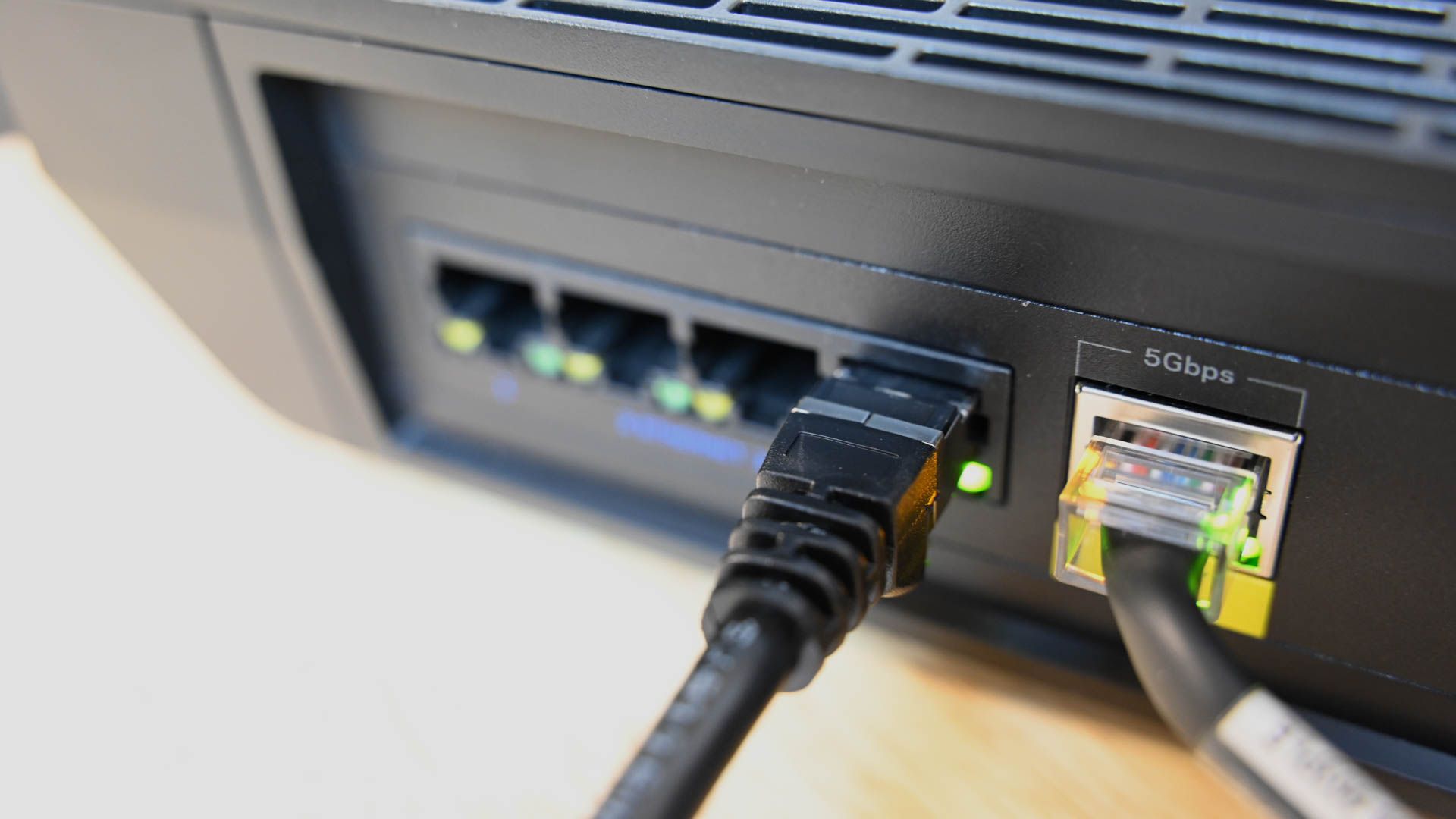Some of us travel a lot, and no matter where we go, it’s always a pain having to log into new networks at hotels, especially if you need to connect multiple devices. It’s a hassle and a security risk, but both problems can be solved with a travel router, and there are some other benefits too.
1 Ease of Connection During Travel
One of the most annoying things about traveling is having to connect all of your devices to new Wi-Fi networks whenever you move around. Phones, tablets, laptops—the more you have to connect, the more of a hassle it is! Having a travel router simplifies this process because you now only have to connect one device to a new network: the travel router.
Your other devices, like your phone and laptop, just stay connected to the travel router wherever you go. Whenever you need to connect to a new network, just connect the travel router, and all the devices connected to it will then have internet access. It shaves some extra steps off of every trip.
2 Adding a Layer of Security
Anyone who knows anything about cybersecurity knows that connecting to public networks can pose security risks. Connecting your laptop or phone directly to a public network can be a little worrisome. However, with a travel router, you don’t have to do this. The travel router itself is the only device connecting to the public network.
That means you don’t have to risk any of your other devices. Nobody will be able to see them, since they aren’t connected to the public network. They’ll only see the travel router. That said, using a travel router doesn’t protect any data you share over public networks. Even while using a travel router, you’d need to follow the same security precautions for that, as if you’d connected your laptop or phone directly. That means using a VPN. Some travel routers may even support running a VPN service on the router itself!
3 Getting Around Arbitrary Device Limits
Some public networks have arbitrary limits on how many devices you are allowed to connect. Not a big deal if you just want to connect your laptop, but potentially a nuisance if you have multiple devices to connect, or if you are traveling with family or friends who all need to use the same public network.
Again, this is where the travel router shines: it’s just one device connecting to the public Wi-Fi. This means it can serve as a workaround for the issue. You can connect as many devices as you want to the travel router and still only connect one device to the public network itself.
4 Creating a Mobile Shared Network
There are times when you’d like to have a shared network between all of your devices, right? It’s a bit tough to do this on a public network, and usually just not a great idea anyway, due to those aforementioned security concerns. But with a travel router, you don’t have to worry about this.
You can easily create a shared network between all the devices you have connected to the travel router, without any of the concerns you would have doing so on a public network. It works just like your LAN at home, and it means you can move files between devices, set up a portable NAS solution, or use things like wireless VR or Wi-Fi portable printers.
5 Travel Routers Can Serve as Wireless Extenders
Unlike your home Wi-Fi, you can’t control where a router is placed in a public setting. This means you ordinarily have no influence on which spots have poor reception with public Wi-Fi. With a travel router, you can actually change that, since you can use it to emit its own Wi-Fi signal for you to connect to, just like a Wi-Fi extender.
Basically, if the one spot you want to sit has poor Wi-Fi reception, you can use a travel router to extend the public Wi-Fi to that spot and ease your frustration.
6 Wired to Wireless Connectivity
Admittedly, most public places have Wi-Fi for you to work with. But if, for whatever reason, the only thing available to you somewhere was a wired connection, certain travel routers could turn that into Wi-Fi for you to use.
Bear in mind that not all travel routers have this capability. The router would need to have an Ethernet port for this. It’s a niche use, but a unique benefit of having a travel router with you: a wired connection can be made wireless at your discretion, though wired networks are generally superior to wireless ones in the first place.
7 Travel Routers Can Serve as Mobile Hotspots
Though you can’t do this with every travel router, it’s an option for some models. Most travel routers require an existing network to connect to, but some of them come equipped with a SIM card slot (SIM card itself usually not included!) With such routers, you could use it to create a mobile hotspot for use anywhere.
This would obviously be useful if you were on the road or anywhere else completely lacking in Wi-Fi, but it would come with all of the other trappings of using a mobile hotspot as well. For some of these models, you can connect your phone directly to it to create a mobile hotspot. In most cases, you can connect your travel router to your phone hotspot the way you would to any public Wi-Fi, but with the benefit of more devices that can be connected compared to linking directly to your phone’s hotspot.
As you can see, there are many ways that a travel router can serve you if you find yourself using public Wi-Fi a lot. Whether you do this at an airport, a hotel, or even a café, a travel router can be a valuable tool. In fact, I’d say it’s one of the few accessories you should truly never travel without!








